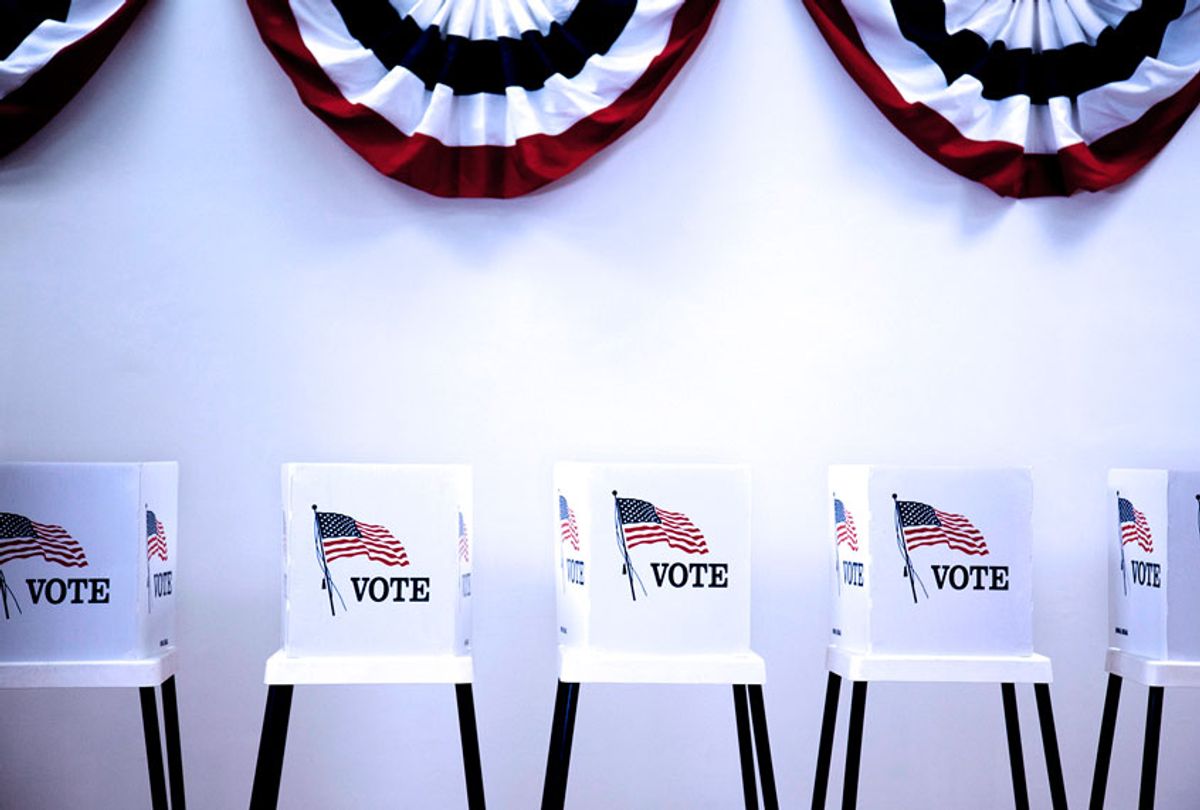When veteran congressman Phil Roe announced his retirement, and Tennessee's first congressional district came open for the first time in more than a decade, a torrent of Republican hopefuls declared their candidacy for this reliably red seat.
So when voters went to the polls last week, a long ballot awaited them, overstuffed with 15 candidates, including an array of hopeful state senators, state representatives, mayors, doctors and more.
A field that large, however, almost ensures a deeply split electorate and a plurality winner. Indeed, Diana Harshbarger emerged victorious but with a stunningly low total, just 19 percent of the vote. She "won" with 18,000 votes out of the more than 90,000 cast. That means four out of five primary voters preferred someone else.
She will now coast into Congress against token Democratic opposition; Roe won 70 percent and sometimes 80 percent landslides in each of his general elections in this conservative district. Harshbarger won fair and square. She got the most votes. But a meaningful election should reflect the opinion of the entire electorate, not just 19 percent.
Unfortunately, as races get more crowded, especially for open seats, too many candidates, across both parties, are advancing to Congress and state legislatures with these shockingly low levels of support. In Massachusetts in 2018, Lori Trahan won a Democratic congressional primary with less than 22 percent of the vote, then easily cruised into an uncompetitive blue seat.
There's an easy way to fix this. The solution is ranked choice voting. Give voters the power to rank the candidates in order instead of just choosing one. Then, if no one wins 50 percent during the first round, RCV works like an instant runoff, automatically eliminating the lower-tier finishers and bringing the backup votes into play.
Voters nationwide — from Maine to Alaska, from Utah to New York City — have embraced RCV as a common-sense solution and a useful tool for helping them enjoy all the choice that comes with a multi-candidate field, without the worry about electing someone only 20 percent of the people want to win. When politicians can win with 20 percent, they can run to a small and sometimes more extreme electorate. They don't have to speak to everyone. And they're incentivized to run a more negative campaign.
In Tennessee, for example, voters faced a robust field of candidates but hardly had a robust choice. Their single choice becomes complicated and strategic. Does your favorite candidate have a real chance to win? If not, should you vote for someone with the best chance of stopping the candidate you like least? It forces voters to become pollsters, prognosticators and to worry about spoilers and "wasted votes."
Give voters the opportunity to rank the field — which they essentially have to do anyway to cast a single ballot strategically — and their ballot becomes mightier. There's no need for complicated calculus in the voting booth, and any concerns about "spoilers" fall away.
Large fields aren't going away. Republicans had a record 17 major presidential hopefuls in 2016 and then Democrats shattered that with more than two dozen candidates for 2020. In Indiana earlier this year, seven congressional primaries were won with pluralities, across both parties. Maryland's second congressional district has a Republican nominee who won with 19 percent; the West Virginia Democratic nominees for governor, U.S. Senate and the third congressional district only captured between 29 and 39 percent. There are similar stories from Indiana, Oregon, Pennsylvania and every corner of the country.
But just as importantly, plurality primary winners in our nation's overwhelmingly non-competitive congressional districts don't adequately capture public sentiment or provide fair representation. It allows as little as 20 percent of voters in one party's low-turnout summer primary to select the person who will represent everyone in Congress. We're a nation founded on ideals of majority rule, not "20 percent seems good enough."
At a time when many are concerned with ensuring the wobbly U.S. postal system isn't overwhelmed with mail-in ballots this fall, we must also protect voters from being overwhelmed by candidates. These big, messy races are going to be part of our politics at every level for a long time to come. Let's give voters ranked choice voting so that everyone has the tools to navigate through them.



Shares